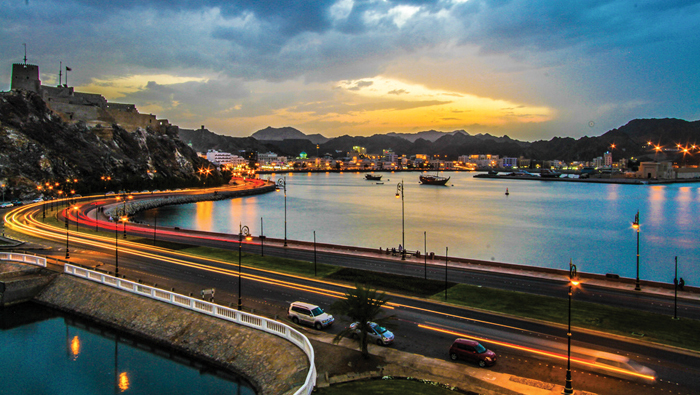
Muscat: Oman has made it into the Global Talent Competitiveness Index for the first time, and has been ranked in the top half of the world’s most competitive nations.
The Sultanate is ranked 59th on a list of 118 countries, and this has received praise from Bruno Lanvin, one of the authors of the report.
“Ranked 59th out of 118 countries, Oman finds itself at the exact halfway point of GTCI 2017. This is far from a bad ranking, especially if one considers this is the first time that Oman is part of the GTCI coverage,” said Lanvin, who is executive director of the Insead Business School, the publishers of the report.
“However, rather than comparing the performance of Oman to that of countries with very different constraints or endowments, it is interesting to compare that performance to those of other countries in the MENA (Middle East and North Africa) region.”
Oman was also ranked ninth among the 18 Western Asian and African nations in this report. Countries were ranked on the basis of six conditions: their ability to provide work opportunities for workers (Enable), scope of attracting foreign workers and investment (Attract), the rate at which the economy was expanding (Grow) and how well the country was able to hold on to foreign workers (Retain).
Two other conditions were the presence of work skills among employees (Vocational Training) and their level of education (Global Knowledge).
Oman was ranked 39th under Enable, 29th across Attract and 40th when it came to retain. However, the Sultanate was placed 92nd under economic growth, 80th in vocational skills and 100th in the context of global knowledge.
“Oman is doing well on the ‘Enable’ pillar of GTCI, as well as on the ‘Retain’ and Attract’ pillars. 29th in the world for the latter is indeed remarkable,” said Lanvin. “Secondly, pillars on which Oman’s performance can be improved significantly are Vocational and Technical Skills, Grow, and Global Knowledge Skills.”
Ramanuj Venkatesh, assistant manager (Accounts) at Larsen and Toubro predicted Oman’s rankings rising in the future, because of Tanfeedh, the national initiative to diversify the Sultanate’s economy, with targeted areas including tourism, logistics, transportation, mining, agriculture and fisheries.
“This will focus on areas that need attention, including private and public sector funding into areas that are beneficial for the economy,” he said.
Ahmed Al Hooti, chairman of Oman’s Chamber of Commerce and Industry, said more needed to be done to make investment easier in the country.
“Today, investors are looking for an environment, which is more open with no difficulties, and contains facilities that are useful to them,” he said. “Since last year, when Oman began preparations for Tanfeedh, they began changing their rules and regulations and they are trying to do their best to encourage investors to come into the country. Today, the environment is better, but there needs to be more done regarding this.”
“We are in a good position due to completing many big projects, such as an airport, ports, roads etc. which means we have good infrastructure,” added Al Hooti. “These days, you have big competitors, and if you don’t act fast, they will seize the opportunity that investors are offering and you will be left behind.”
Alkesh Joshi, director of Tax Advisory Services at EY, was of the view, “If people are allowed to bring in skilled labour on an easy basis, and then have a high level of education standards for locals, Oman would move upwards.”
“The United Arab Emirates is number one in the region, and their policies are directed towards making their country a hub for skilled labour in the Middle East.”
“Fortunately, the Tanfeedh initiative has made note of very specific reforms that are required, such as talent, education policies, school and higher education, etc," he added. "Through Tanfeedh, they are going to introduce a lot of initiatives that’ll foster better use of technology and impart the right level of know-how to the work force. Once we see Tanfeedh picking up, you would definitely see an improvement in the lot of these areas.”